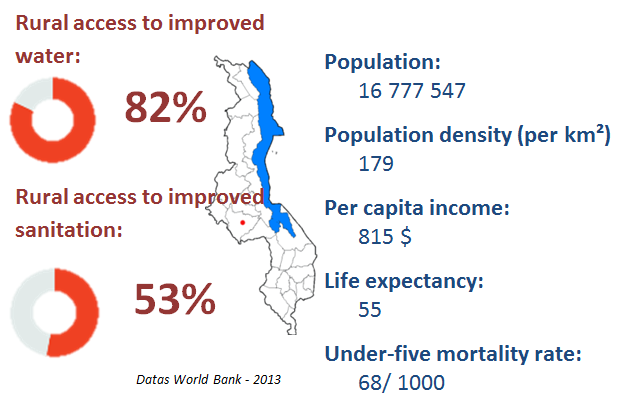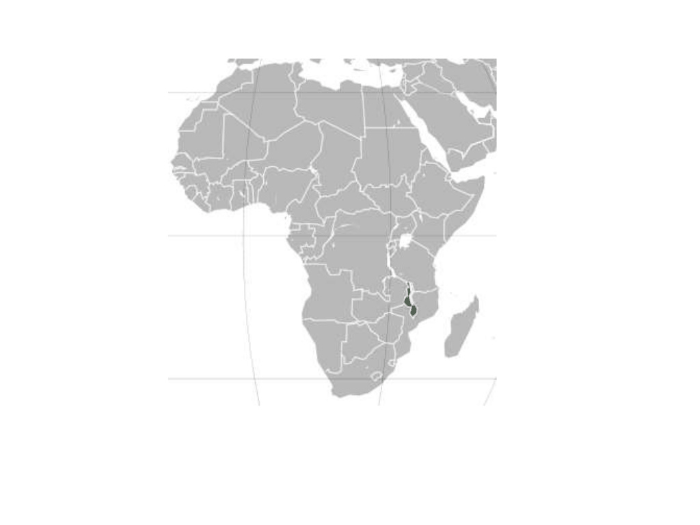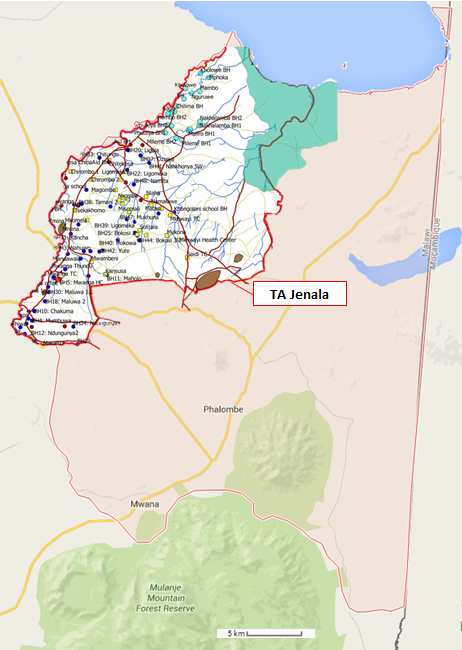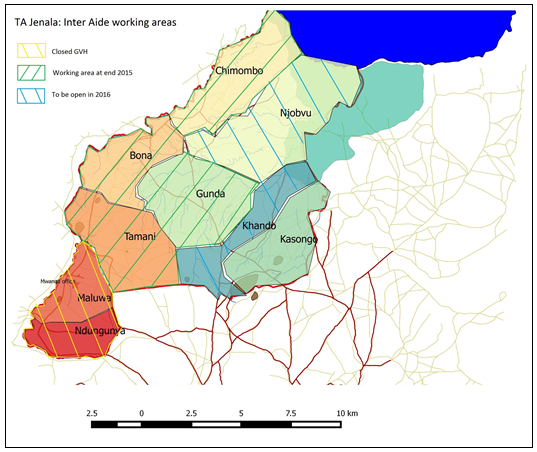
The Republic of Malawi, also nicknamed “The Warm Heart of Africa“, is among the smallest countries in Africa. The Great Rift Valley traverses the country from north to south. Lake Malawi, the third-largest lake in Africa, comprising about a third of Malawi’s area.
The land forms high plateaus, rising to elevations of 2,130 and 3,002 meters (6,988 and 9,849 ft) at the Zomba Plateau and Mulanje Massif respectively.
Malawi is among the world’s least-developed countries. The economy is heavily based in agriculture, with a largely rural population, although, extreme weather, rapid population growth have made farming difficult.
Malawi has a low life expectancy and high infant mortality. There is a high prevalence of HIV/AIDS.
Although official figures show Malawi to have good water supply coverage, the number of people with reliable access is far lower as many hand pumps are broken, leaving no choice but to go back to unsafe water sources.




